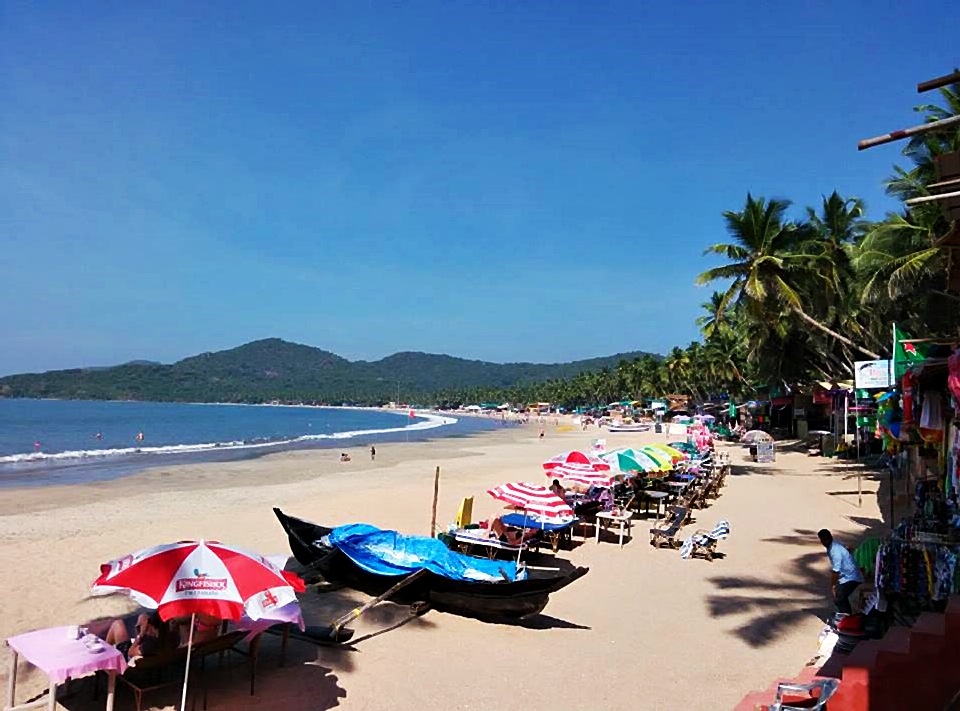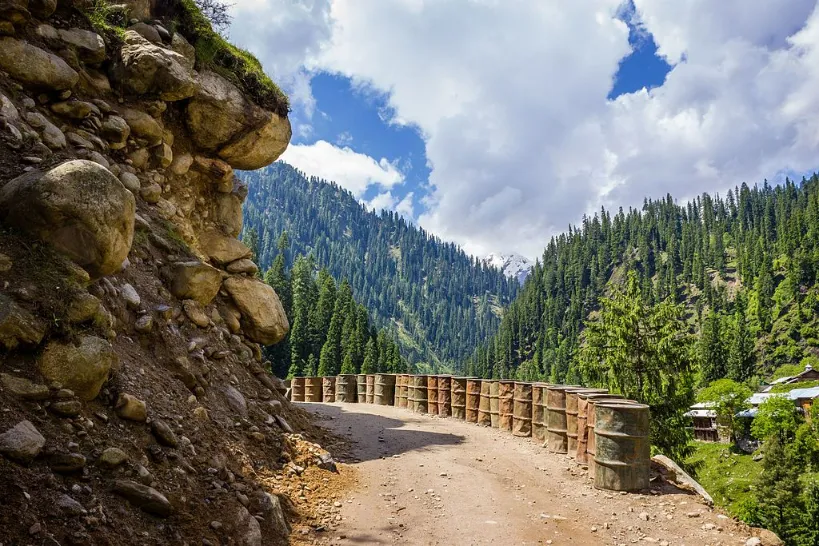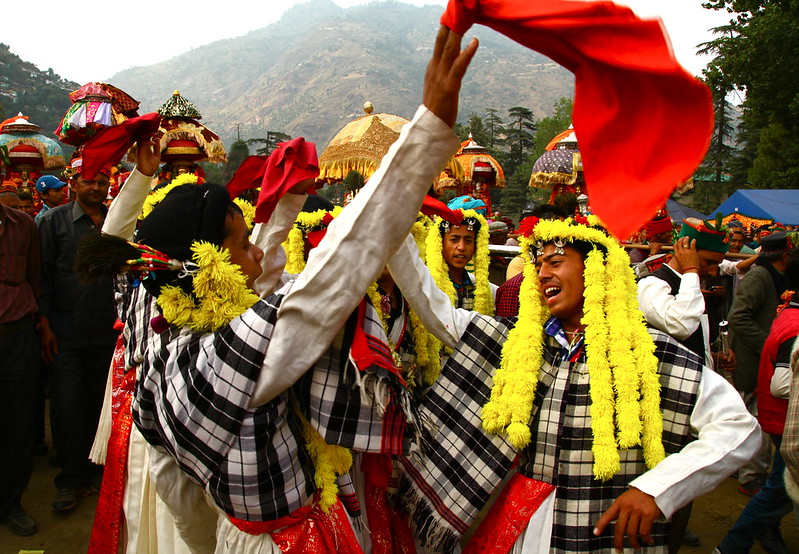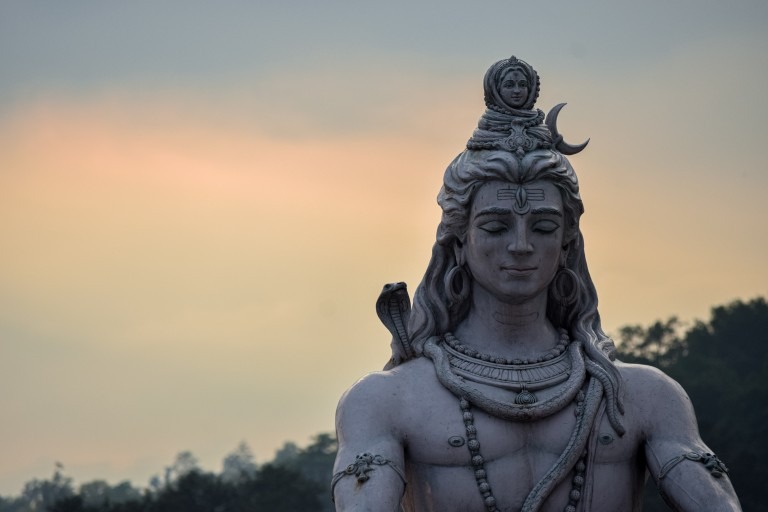
Maha Shivratri, considered one of the most auspicious festivals, is celebrated each year with great zeal and excitement throughout India. The celebration, also known as the “Grand Night of Shiva,” commemorates “overcoming darkness and ignorance in life.” In India’s Hindu community, the holiday holds unique significance. Every year, the fourteenth day of each lunar month, or the day before the full moon, is allegedly designated as Mahashivratri. On this day, devotees perform a variety of religious rituals to appease Lord Shiva, including worshipping him and fasting. And on this momentous occasion, devotees observe a day-long fast, remain awake all night, and perform puja during Nishita Kaal (midnight). Some individuals observe the holiday during the day, while others observe it at night by organising jagrans, which are gatherings of women and men who sing religious hymns all night. On Shivaratri, a person is also said to be bestowed with Moksha, or salvation, if he or she pleases Lord Shiva. In 2024, Mahashivaratri will be observed on March 8. Read on to learn why we celebrate the festival, the legends of Mahashivratri, and why it is so significant.
Why do we celebrate Mahashivratri?
The roots of the festival and its modern significance are entwined in ancient Indian mythology. Different legends of Mahashivratri throughout history describe the significance of the festival:
Legends of Mahashivratri – The union of Shiva and Parvati
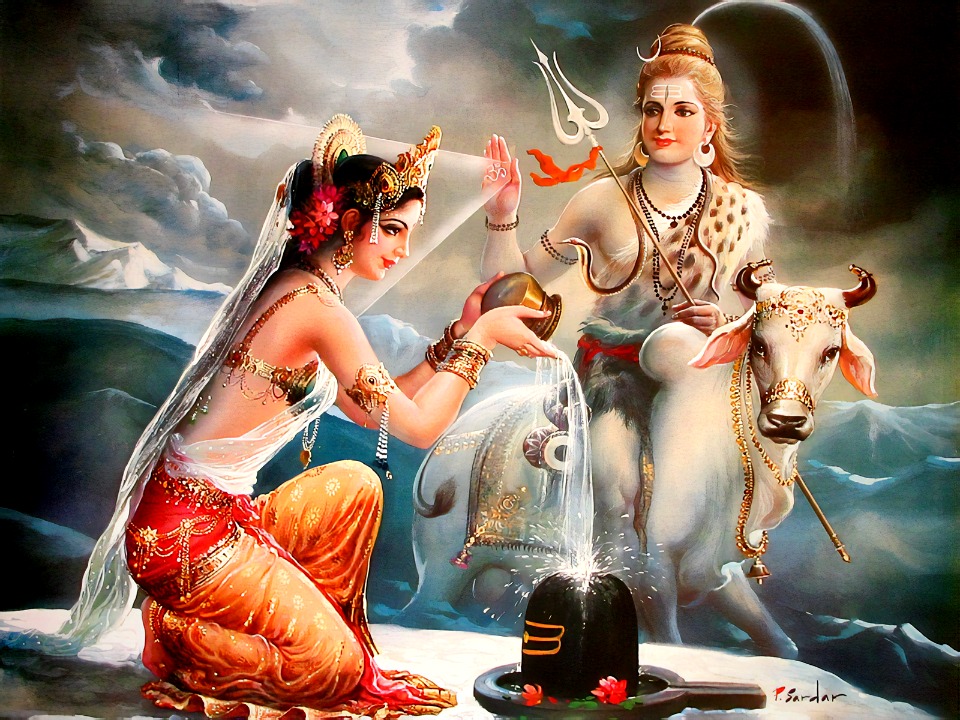
One of the legends of Mahashivratri associated to Mahashivratri is considered to be the union of Lord Shiva and his consort, Goddess Shakti, the masculine and feminine energies that balance the cosmos. According to one tale, Mahashivratri commemorates the marriage of Lord Shiva and Devi Parvati. Sati was reborn as Parvati to become Lord Shiva’s consort. According to legend, the Lord and his spouse tied the nuptial knot on this day. Marriage has a deeper connotation in this context. Purusha (mindfulness) is represented by Shiva, while Prakriti is represented by Parvati (nature). The confluence of consciousness and energy facilitates creation. As a result, the significance
Legends of Mahashivratri – The clash between Brahma and Vishnu
According to one of the legends of Mahashivratri in the Shiva Purana, two of the Hindu gods, Lord Brahma and Lord Vishnu, were struggling for supremacy among themselves. Fearful of the ferocity of this war, the other gods begged Lord Shiva to intercede and convince them of its folly. Between Brahma and Vishnu, Shiva took the appearance of a massive column of fire. The latter gods decided to locate the summit of the fire column. Lord Brahma soared skyward in the guise of a swan, while Lord Vishnu entered the Earth in the form of Varaha (the Hindu god Vishnu in the form of a hog).
Because light is infinite, neither Brahma nor Vishnu could find the end despite their long search. Lord Brahma stumbled across a Ketaki flower floating down slowly on his travels. When asked where she came from, the flower said she was provided at the top of the fire column. Lord Brahma decided to call it a day and accept the flower as a witness. This enraged Shiva, who punished Brahma for lying and cursed him, saying that no one would ever pray to him again. There is only one temple dedicated to him to this day, the Pushkar temple in Ajmer, Rajasthan. Because the Ketaki flower had falsely testified, she was also forbidden from being used as an offering for any worship. Since Lord Shiva helped pacify the gods, Mahashivaratri is celebrated in his honour.
Legends of Mahashivratri – The Dance of Shiva
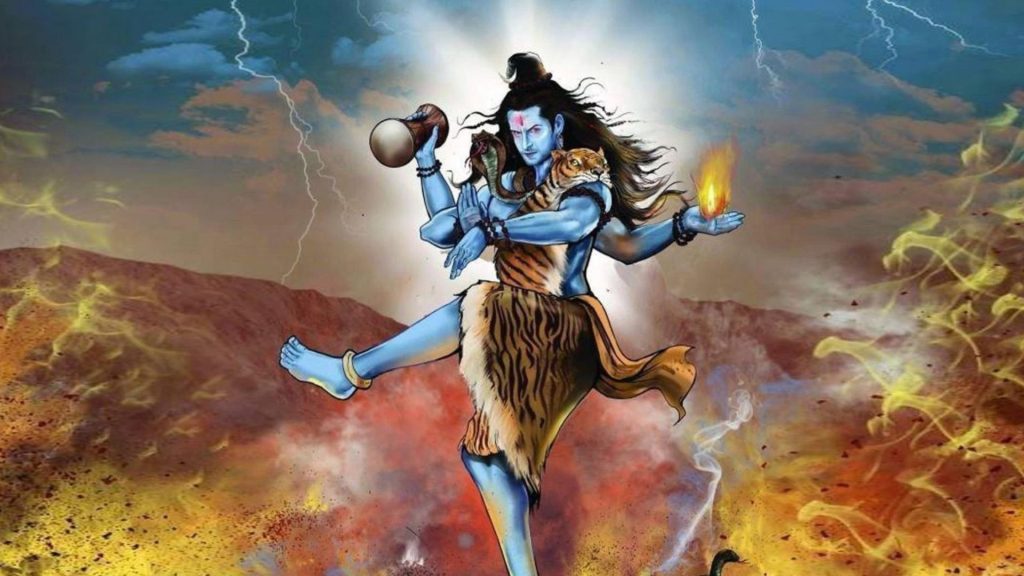
According to one of the legends of Mahashivratri, it is the night on which Shiva dances for creation, preservation, and destruction. Devotees participate in this cosmic dance by chanting hymns and reading Shiva texts. Annual dance festivals are held at prominent Hindu temples such as Konark, Khajuraho, Pattadakal, Modhera, and Chidambaram to commemorate Mahashivaratri. Nataraja, the supreme god of dance, is another manifestation of Lord Shiva. Classical dancers with respect for God practise Lord Shiva’s dance forms, tandava and lasya, in various forms.
The legend of the poison
During the Samudra Manthan by the gods and demons, a highly toxic poison came out of the ocean. As per the advice of Lord Vishnu, the gods approached Lord Shiva and prayed for him to protect life by consuming this poison. Pleased with their prayers, out of compassion for living beings, Lord Shiva drank this poison and held it in his throat by binding it with a snake. His throat turned blue due to the poison, but Shiva remained unharmed. This is how Lord Shiva is also known as Neelakantha. The wise men advised the gods to keep Lord Shiva awake during the night.
To keep him awake, the gods took turns performing various dances and playing music. A vigil was thus kept by the gods in contemplation of Shiva. As the day broke out, Shiva, pleased with their devotion, blessed them all and also said that whomever worshipped and contemplated him on this day would be blessed with the fulfilment of his or her wishes. Since then, on this day and night – devotees fast, keep vigil, sing the glories of the Lord, and meditate.
Best places in India to witness Mahashivratri celebrations
A distinction between Mahashivratri and other Hindu festivals is that while others are celebrated with fanfare, Mahashivratri is a rather solemn occasion in most parts of the country. Devotees fast during the day, perform yoga, and pray to the deity. At most temples dedicated to him, people stay up all night chanting mantras and Sanskrit shlokas in his honour. However, there are places where the celebrations of Mahashivratri are accompanied by pomp and fervour. If you are planning to participate in these celebrations with your family, we recommend booking a one-way cab to save money on your total budget. If you are travelling with a group, we recommend booking an affordable tempo traveller, because, with celebrations like these, the more is always merrier. Here are some of the best places in India to witness the celebrations of Mahashivratri.
1. Mandi, Himachal Pradesh
Mandi, a tiny town in Himachal Pradesh, celebrates Shivaratri with a seven-day Shivaratri Mela (fair). The majority of these Mandi temples are dedicated to Shiva, with the biggest ones being the Trilok Nath temple, Panchvaktra temple, and Bhootnath temple. The centuries-old Shivratri Mela is conducted at the Bhootnath temple. The Bhootnath temple in Mandi, Himachal Pradesh, hosts the country’s largest Shivaratri celebration. This practice was started by the royal family of Mandi over 500 years ago, and now a week-long International Mandi Shivratri Fair is held here every year, attracting people from all over the world.
2. Varanasi, Uttar Pradesh
Though the entire city of Varanasi comes together to re-enact Shiva and Parvati’s wedding ceremony, the most important venue for offering prayers is the Tilbhandeshwar temple in southern Varanasi. This is one of the few sites in India where people dance in processions after consuming bhaang, a cannabis-and-sweetened-milk mixture.
3. Guwahati, Assam
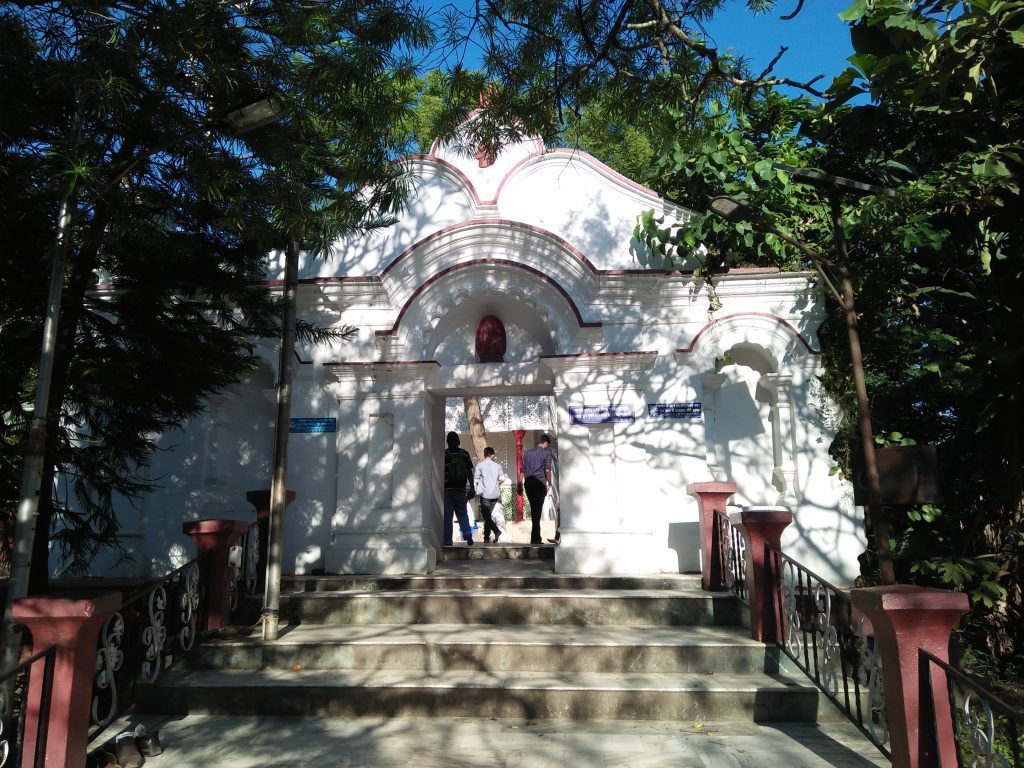
The Umananda Temple in Guwahati, Assam’s capital, hosts one of India’s largest Mahashivratri celebrations. The temple is situated on the island of Peacock in the Brahmaputra River. Thousands of people from the northeast travel to Guwahati just to see the huge event.
4. Haridwar and Rishikesh, Uttarakhand
Haridwar, also known as the Land of Yogis, is home to numerous ghats and temples. Devotees; numbering in the millions, meet up ahead of Mahashivratri at Haridwar and take a plunge in the holy Ganga. It is thought to wash away their wrongdoings or sins; followed by the grand aarti and thanksgiving.
5. Khajuraho, Madhya Pradesh
Mahashivratri is Khajuraho’s most important celebration. The chief priest’s son performs the ceremonial puja at the Kandariya Mahadeo temple throughout the night, where certain rituals are conducted on the 2.5-metre-high Lingam, accompanied by chanting until the very end. The 7-day Khajuraho dance festival, which features the best classical dancers in the country, is the highlight of these events. On this occasion, devotees also take a holy bath in the Sagar Tank. The Matangeshwar temple is thronged by Lord Shiva devotees, and the festival is also marked by a 10-day fair.
6. Ujjain, Madhya Pradesh
Mahashivaratri is grandly observed in Ujjain’s Mahakaleshwar Temple, one of the 12 jyotirlingas. The festival is held in the Mahakal forest in Madhya Pradesh, on the banks of the river Kshipra. The temple takes its name from a forest that has religious significance to its inhabitants, owing its reference to the Puranas.
7. Puri, Orissa
Puri’s Mahashivratri celebrations take place at the renowned Loknath temple. According to a common tradition in this city, Lord Rama himself placed the lingam in the temple where it now stands. This lingam is always submerged in a vat of water and can only be seen on Pankodar Ekadashi, three days before Mahashivratri, when the water is lifted. On the day of Mahashivratri, devotees line up for hours simply to see this lingam.
8. Srisailam, Andhra Pradesh
Andhraites celebrate Mahashivratri with great zeal and devotion. Another of the 12 jyotirlingas is the Bhramaramba Mallikarjuna Temple in Srisailam, which attracts a large audience of residents as well as tourists from all over the country to celebrate Mahashivratri in its home. Devotees believe that Lord Shiva married Parvati on this day and also conducted the tandava, asking them to fast and chant mantras in his honour.
9. Murdeshwar, Karnataka
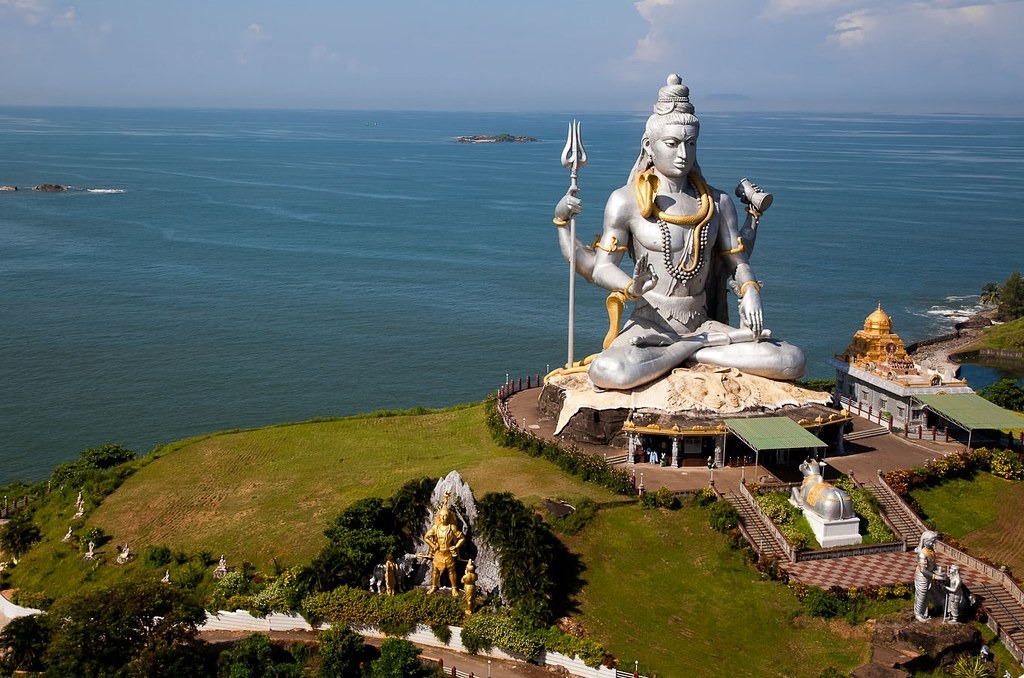
Tens of thousands of worshippers visit Murdeshwar each year on Mahashivaratri to celebrate Shiva and Parvati’s nuptials. Murudeshwar Temple is a prominent Shiva temple in Murdeshwar, built atop Kanduka Hill and surrounded on three sides by the waters of the Arabian Sea. It has a 20-story Gopura and houses the world’s second-tallest Shiva statue. During Mahashivaratri, this picturesque hamlet becomes a major centre of religious activities in Karnataka.
10. Isha Yoga Centre, Coimbatore
Sadhguru, an Indian yogi and author, created the Isha Yoga Center. Sadhguru erected a 112-foot-tall steel statue of Shiva, which is the world’s largest burst sculpture. This location hosts a spectacular celebration during the Mahashivratri festival. There are amazing dancing and music performances, as well as meditation. Visitors can immerse themselves in Sadhguru’s Satsang, which lasts all night.
The main idea behind this festival is to remember the triumph of light over darkness in life and the world. The holiday is celebrated by remembering Shiva through prayers, fasting, and meditating on virtues such as self-restraint, honesty, and forgiveness. The easiest way to witness the festivities is by downloading a safe and trusted car booking app so that on your way back, the only thing on your mind is all the memories you’re going to carry throughout your life!
Last Updated on February 27, 2024 by Shabari Shankar

